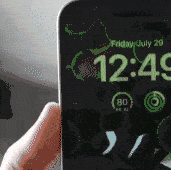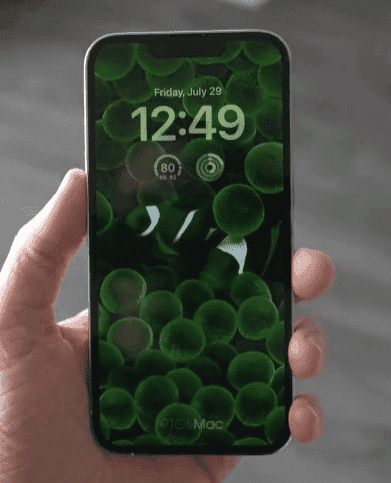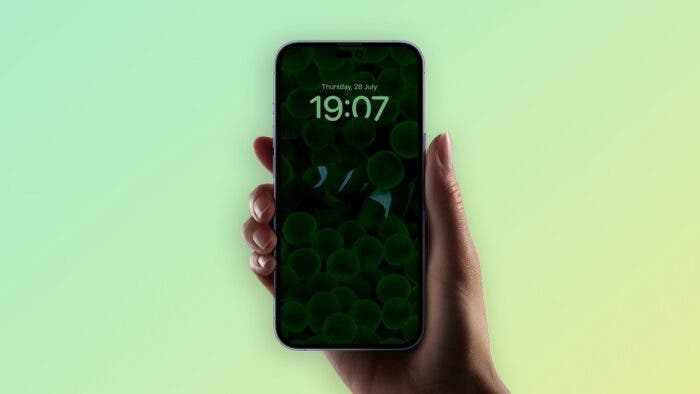Apple will officially release the iPhone 14 series in September this year. This means that we have less than two months to the official launch of these devices. However, over the past few months, there have been several reports regarding the upcoming iPhone 14 series. Most of the leaks regarding the iPhone 14 series come from the supply chain as well as the iOS 16 system. For example, recently, in the latest Beta 4 version of iOS 16, Apple added dynamic light and dark wallpapers with AOD (Always on Display). Although there have been reports that the iPhone 14 series will use the AOD feature, this is the real pointer to the iPhone 14 series AOD.

According to reports, Apple adds a new “sleep” mode to the wallpaper. This feature can reduce the brightness and contrast of the wallpaper to save power. 9to5mac also released a demo video showing the feature of the iPhone 13 series. The video shows that the feature can make the wallpaper darken and fade, but not completely disappear. This is completely different from the date/time only displayed on Android.

Only the Pro series will use the AOD feature
Judging from the effect in the demonstration, the screen display this time seems to be similar to the always-on display of the Apple Watch in recent years. By adjusting the brightness and contrast, combined with the ultra-low refresh rate of 1Hz, it can achieve a constant brightness that does not affect the battery life at all.
Although we can this feature the iPhone 14 series AOD feature, the entire series will not use this feature. There are reports that the new AOD screen display will most likely be an iPhone 14 Pro series exclusive function. This is because the Pro series uses the LTPO screen that supports a 1Hz display.
As for the two standard versions iPhone 14 and iPhone 14 Max (or iPhone 14 Plus), they use a display that supports only 60Hz. This means that the iPhone 14 series AOD will not work for these models. Even if the iPhone 14 can get this feature, it will face greater power consumption and screen burn-in risks. This is absolutely not worth it.





